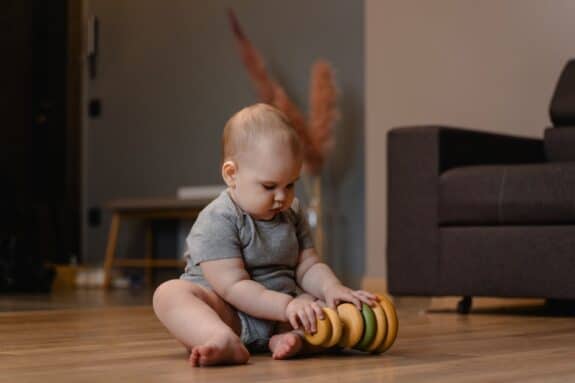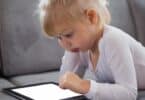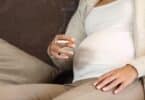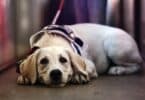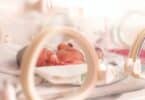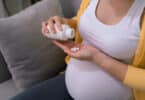A groundbreaking study published in Development and Psychopathology sheds light on the emotional and physiological disparities found in siblings of children diagnosed with autism spectrum disorder (ASD). These siblings are at a higher risk of being diagnosed with ASD themselves, making their development a crucial area of investigation.
Previous research has already identified physiological differences in typically developing children during emotionally charged tasks. By studying these differences in the context of siblings of children with ASD, we can gain valuable insights into both typical and atypical child development.
The aim of this study was to examine emotional regulation in infants and toddlers and its connection to social skills, behavioral issues, and academic abilities. Emotional regulation refers to our ability to manage our emotional responses in various situations.
Previously research on emotional regulation in young children has relied on parent reports, which may have limitations in terms of consistency and bias. To overcome these limitations, the authors of the study directly observed children during tasks designed to evoke emotional responses. They also measured physiological cues such as heart rate, facial affect, and gaze.
The study involved infants recruited between 6 and 12 months of age. These infants were assessed at regular intervals up to 24 months of age. The analysis was conducted on two groups: those with a low likelihood (LL) of developing ASD and those with an increased likelihood (IL) of developing ASD due to having an older sibling with a diagnosis.
The researchers designed a series of tasks to elicit different emotional responses in infants. These tasks were adapted from the Laboratory Temperament Assessment Battery (Lab-TAB) and included activities such as playing with bubbles, toy play, toy removal, wearing masks, face washing, and hair brushing. Each task aimed to evoke specific emotions, whether positive or negative.
The researchers analyzed the infants’ behavioral responses, including positive and negative affect and gaze, as well as their physiological responses measured by heart rate. At 24 months of age, all participants underwent an assessment for ASD.
The results of the study revealed notable differences at 24 months of age in IL infants who were later diagnosed with ASD compared to children without an ASD diagnosis. Specifically, they exhibited higher levels of negative emotions, differences in gaze, and an increased heart rate during emotionally charged tasks.
The IL infants who were later diagnosed with ASD showed less interest in the emotionally salient tasks, spending more time looking at the baseline task compared to the other groups.
During the toy removal and negative tasks, the IL infants who were later diagnosed with ASD experienced a greater increase in heart rate from baseline compared to the LL group. This suggests heightened physiological arousal in response to emotionally challenging tasks.
These differences could provide valuable insights into the underlying mechanisms related to the development of ASD symptoms in these children.
While these findings are important for understanding the differences in child development between those with autism and those without, it’s important to acknowledge some limitations. The study focused specifically on a group of siblings, so the results may not directly apply to children with autism who do not have siblings with the condition. Additionally, due to pandemic restrictions, some evaluations had to be adapted, and certain data such as height and weight measurements were unavailable.
The study, titled “Behavioral and physiological differences during an emotion-evoking task in children at increased likelihood for autism spectrum disorder,” was authored by Lori-Ann R. Sacrey, Lonnie Zwaigenbaum, Jessica A. Brian, Isabel M. Smith, Vickie Armstrong, Tracy Vaillancourt, and Louis A. Schmidt.
Related Articles:
- Study Offers Insight into Relationship Between Autism and the Human Microbiome
- Autism Research Indicated Father’s Genetic Influence May Play a Greater Role Than Previously Thought
- Study: Sleep Disturbances During Infancy Could Signal the Development of Autism
- Severe Morning Sickness Tied to Increase Risk of Autism in New Study

